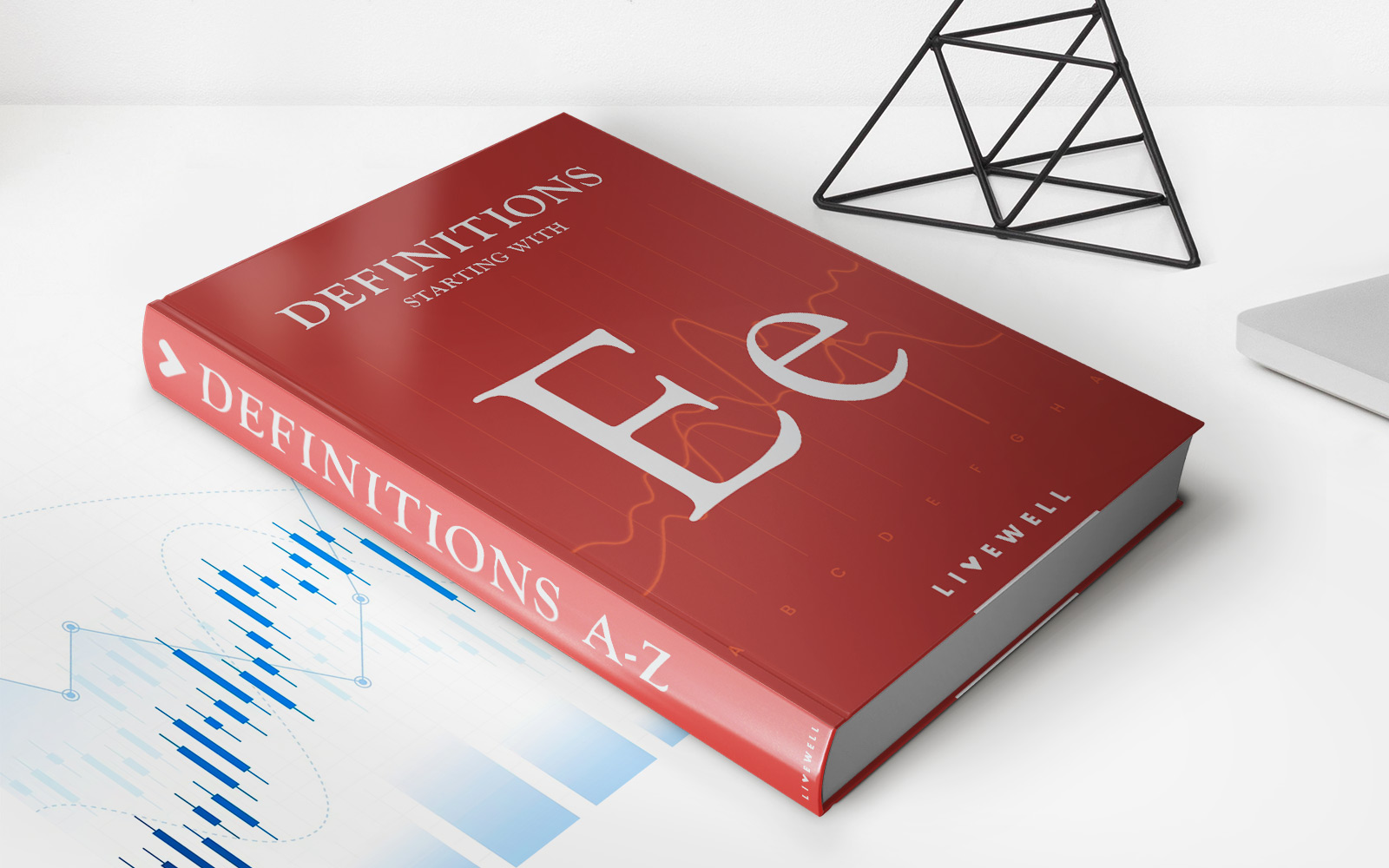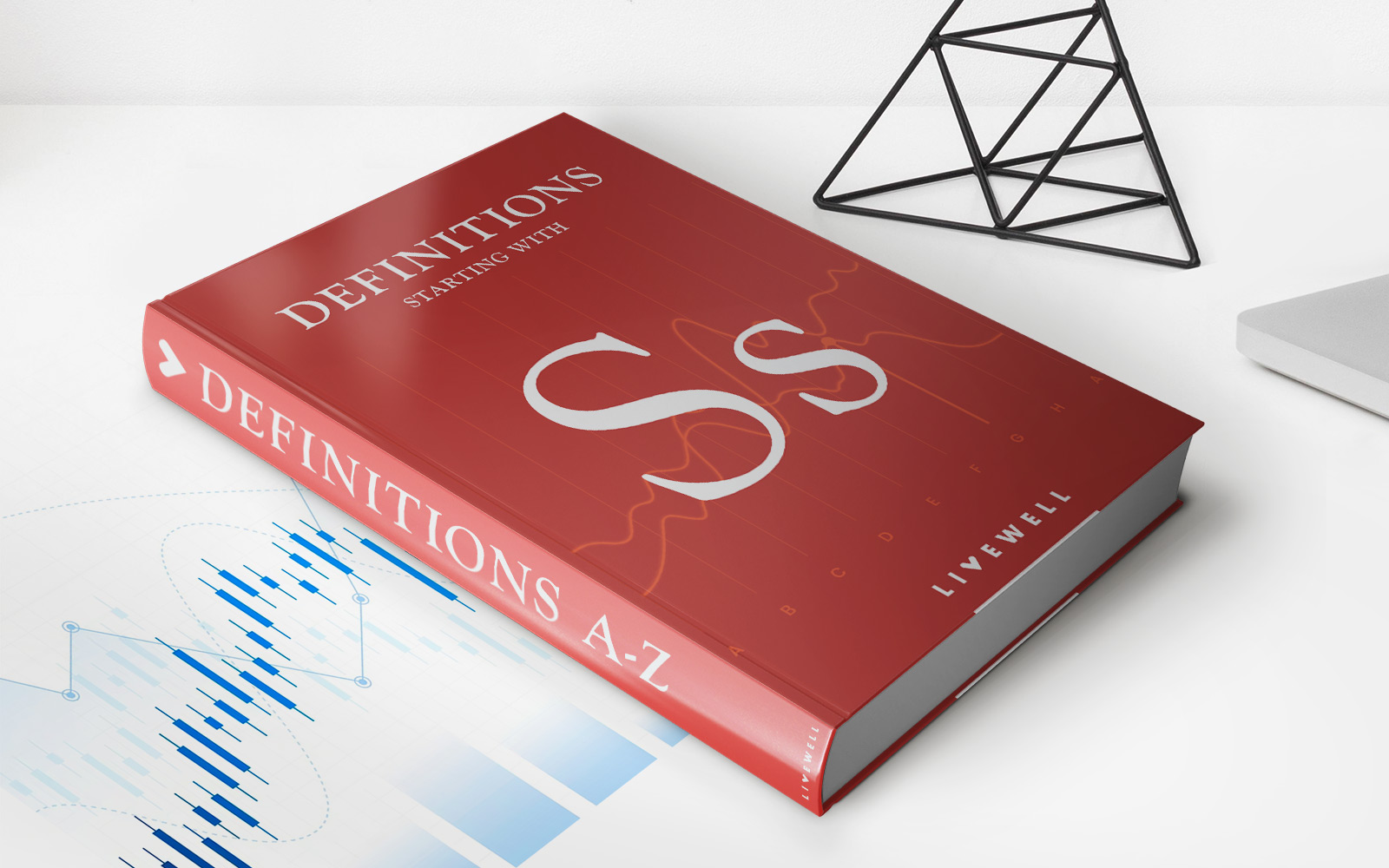Home>Finance>How To Remove Fraud Protection From A Scotia Card


Finance
How To Remove Fraud Protection From A Scotia Card
Published: February 19, 2024
Learn how to remove fraud protection from your Scotia card with our step-by-step guide. Take control of your finances and protect your assets.
(Many of the links in this article redirect to a specific reviewed product. Your purchase of these products through affiliate links helps to generate commission for LiveWell, at no extra cost. Learn more)
Table of Contents
**
Introduction
**
Scotiabank, one of the leading financial institutions, offers a range of credit and debit cards, each designed to meet diverse financial needs. These cards often come equipped with robust fraud protection features, which serve as a safeguard against unauthorized transactions and fraudulent activities. While fraud protection is a crucial aspect of financial security, there are instances where cardholders may consider removing this feature for various reasons. In this article, we will delve into the process of removing fraud protection from a Scotia card, offering insights into the reasons behind such a decision and the steps involved in the removal process.
Fraud protection, a fundamental component of modern banking, is designed to detect and prevent unauthorized use of a card, shielding cardholders from potential financial losses due to fraudulent activities. Despite its significance, some Scotia cardholders may find themselves contemplating the removal of this safeguard. Whether due to personal preferences, specific usage patterns, or alternative security measures, the decision to eliminate fraud protection is a complex one that requires careful consideration.
Understanding the nuances of fraud protection on Scotia cards, including its benefits and implications, is essential for making an informed choice. By exploring the reasons for removing fraud protection and the step-by-step process involved, individuals can gain a comprehensive understanding of this decision and its potential impact on their financial security. Whether seeking to streamline their banking experience or align their security measures with alternative strategies, the decision to remove fraud protection from a Scotia card warrants a thorough exploration, which we aim to facilitate in the subsequent sections of this article.
**
Understanding Fraud Protection on Scotia Card
**
Before delving into the process of removing fraud protection from a Scotia card, it is imperative to comprehend the intricacies of this security feature. Fraud protection serves as a vital shield against unauthorized transactions, identity theft, and fraudulent activities that may compromise the financial well-being of cardholders. When applied to Scotia cards, this safeguard encompasses a range of measures, including real-time transaction monitoring, alerts for suspicious activities, and robust security protocols designed to mitigate potential risks.
Scotiabank’s fraud protection is engineered to provide cardholders with peace of mind, assuring them that their financial assets are shielded from unauthorized use. Through sophisticated algorithms and advanced security technologies, the bank’s fraud protection system can swiftly detect irregularities in card usage, prompting immediate action to prevent potential financial losses. Additionally, cardholders are often empowered with the ability to set personalized transaction limits, further enhancing the security of their Scotia cards.
Moreover, fraud protection on Scotia cards extends beyond traditional transactional security, encompassing comprehensive liability coverage in the event of unauthorized transactions. This means that in the unfortunate event of fraudulent activities, cardholders are shielded from bearing the financial burden, provided that they adhere to the bank’s terms and conditions regarding card usage and security.
By gaining a thorough understanding of the robust fraud protection mechanisms integrated into Scotia cards, cardholders can appreciate the significance of this feature in safeguarding their financial assets. However, despite its undeniable benefits, there are circumstances where individuals may contemplate the removal of fraud protection from their Scotia cards, driven by specific needs, preferences, or alternative security strategies.
Reasons for Removing Fraud Protection
While fraud protection is a pivotal component of financial security, there are several compelling reasons why individuals may consider removing this feature from their Scotia cards. Understanding these motivations is crucial in evaluating the potential impact of such a decision and aligning it with one’s unique financial needs and circumstances.
-
Personal Usage Patterns: Some cardholders may find that the stringent security measures associated with fraud protection impede their regular usage patterns. For instance, frequent international travelers may encounter challenges with transaction approvals due to the heightened security protocols, leading them to explore the option of removing fraud protection to streamline their overseas transactions.
-
Alternative Security Measures: In certain cases, individuals may opt to remove fraud protection from their Scotia cards in favor of alternative security measures that better align with their preferences. This could involve leveraging third-party security services, implementing personalized transaction monitoring, or utilizing secure payment platforms that offer robust buyer protection, thus prompting the consideration of removing the bank’s built-in fraud protection.
-
Risk Assessment and Control: Some cardholders, particularly those with a nuanced understanding of their financial risk exposure, may strategically choose to remove fraud protection as part of a comprehensive risk management approach. By assuming greater control over their transactional security and risk mitigation strategies, these individuals seek to tailor their financial safeguards to align with their risk tolerance and specific risk management methodologies.
-
Streamlined Transaction Processes: The removal of fraud protection may be driven by the desire to streamline transaction processes, especially in cases where cardholders prioritize seamless and expedited transaction approvals. By eliminating the additional layers of security associated with fraud protection, individuals aim to optimize their transactional experiences, particularly in scenarios where rapid transaction approvals are of paramount importance.
These reasons underscore the multifaceted considerations that prompt individuals to contemplate the removal of fraud protection from their Scotia cards. While the decision warrants careful evaluation and consideration of potential implications, understanding these motivations is instrumental in navigating the complexities of financial security and aligning one’s card features with individual preferences and requirements.
Steps to Remove Fraud Protection from Scotia Card
Removing fraud protection from a Scotia card involves a series of deliberate steps, each essential in ensuring a seamless transition and comprehensive understanding of the implications. While this process may vary based on the specific policies and procedures of Scotiabank, a general outline can provide valuable insights for individuals contemplating this decision.
-
Contact the Customer Service: Initiate the process by reaching out to Scotiabank’s customer service department through the designated communication channels. This could involve a phone call to the bank’s customer service hotline or visiting a local branch to discuss the possibility of removing fraud protection from the Scotia card. During this interaction, it is vital to express the intention clearly and inquire about the specific procedures and documentation required for this request.
-
Provide Necessary Information: Upon engaging with the customer service representative, be prepared to provide all requisite information, including personal identification details, account information, and the specific rationale for wanting to remove fraud protection from the Scotia card. This step is crucial in ensuring that the bank can accurately process the request and address any associated concerns or queries.
-
Review Terms and Conditions: As part of the process, carefully review the terms and conditions associated with the removal of fraud protection from the Scotia card. This may entail understanding the potential implications, changes in liability coverage, and any additional security measures or responsibilities that may arise as a result of this decision. Clarity regarding these aspects is essential in making an informed choice.
-
Documentation and Confirmation: Depending on the bank’s policies, individuals may be required to complete specific documentation formalities to effectuate the removal of fraud protection. This could involve signing consent forms, acknowledging revised terms of card usage, or providing supplementary details as deemed necessary by the bank. Upon completing these formalities, seek confirmation from the bank regarding the successful removal of fraud protection from the Scotia card.
It is imperative to approach this process with a comprehensive understanding of the potential implications and to engage in open communication with Scotiabank’s representatives to address any queries or uncertainties. By following these steps diligently and adhering to the bank’s guidelines, individuals can navigate the process of removing fraud protection from their Scotia cards effectively and responsibly.
Conclusion
Removing fraud protection from a Scotia card is a decision that necessitates careful consideration, driven by individual needs, preferences, and risk management strategies. While fraud protection serves as a robust shield against unauthorized transactions and fraudulent activities, there are compelling reasons that may prompt individuals to explore the removal of this security feature. From personalized usage patterns to alternative security measures and streamlined transaction processes, the motivations underlying this decision are multifaceted and reflect the diverse financial needs of Scotia cardholders.
Understanding the implications of removing fraud protection is paramount, requiring individuals to assess the potential changes in liability coverage, security responsibilities, and transactional experiences. By engaging in open communication with Scotiabank’s customer service and diligently following the prescribed steps for this process, cardholders can navigate this decision responsibly and effectively.
Ultimately, the decision to remove fraud protection from a Scotia card underscores the dynamic nature of financial security, wherein individuals seek to align their card features with their unique preferences and risk management methodologies. By gaining a comprehensive understanding of the fraud protection mechanisms, evaluating the reasons for removal, and following the prescribed steps, individuals can make informed choices that resonate with their financial objectives and transactional preferences.
As financial landscapes continue to evolve, the ability to tailor security features to individual needs emerges as a pivotal aspect of banking, highlighting the importance of informed decision-making and proactive engagement with financial institutions. Whether retaining robust fraud protection or opting for its removal, the pursuit of financial security remains central, underpinned by a nuanced understanding of the available options and their implications.














